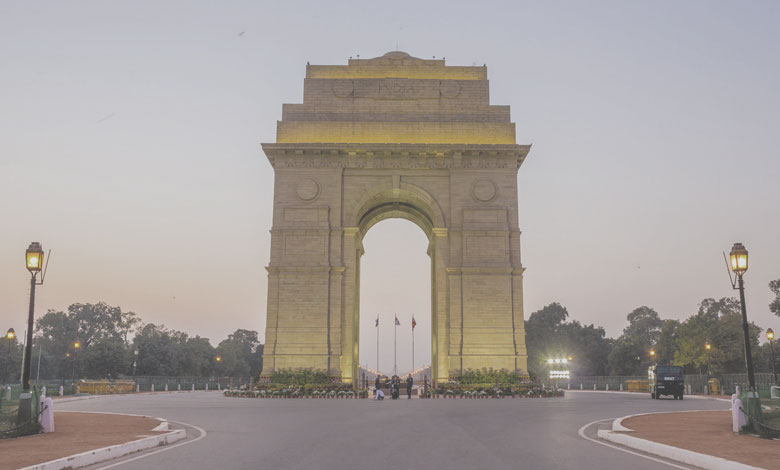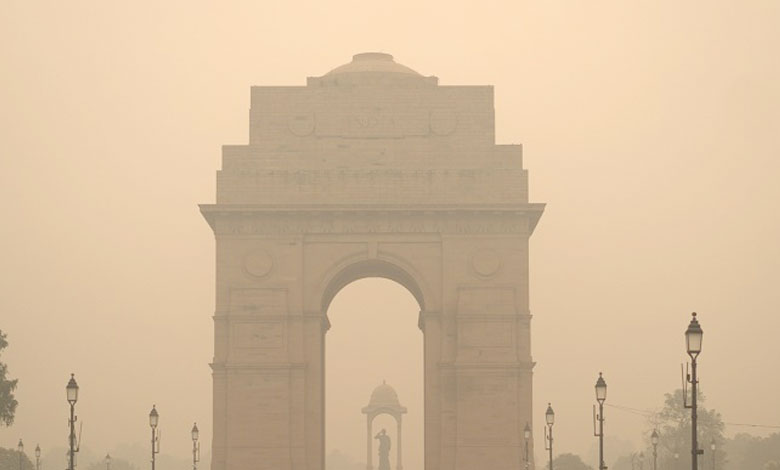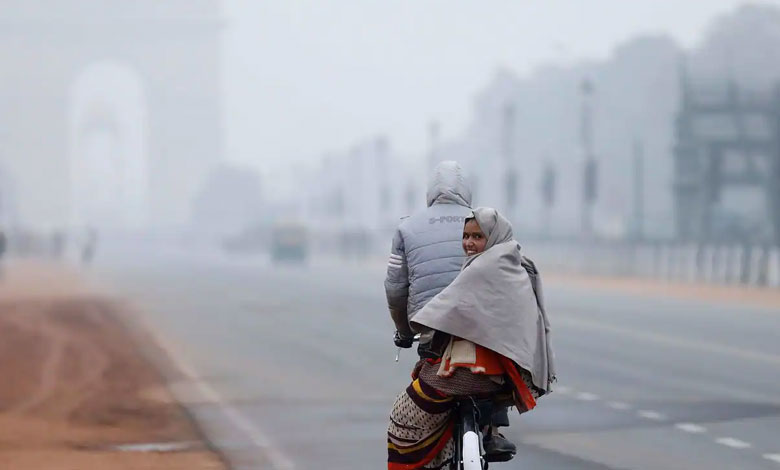Dense Fog in Delhi Disrupts Flights and Trains, Air Quality Remains ‘Very Poor’
Dense fog blankets Delhi, disrupting flights and train schedules, while air quality remains 'very poor.' Learn about the impact on travel, AQI levels, and precautionary measures.

New Delhi: The national capital is reeling under the impact of dense fog and cold waves, leading to significant disruptions in air and rail travel.
The India Meteorological Department (IMD) reported a temperature of 11.6°C at 5:30 a.m. on Tuesday, with the minimum temperature forecast at 8°C and the maximum at 19°C.
Table of Contents
Severe Weather Causes Major Travel Disruptions
Thick fog has severely reduced visibility in Delhi, causing widespread delays. On Monday alone, over 400 flights were delayed at Indira Gandhi International Airport. SpiceJet issued a warning on X (formerly Twitter), stating that poor weather conditions were expected in several northern cities, including Delhi, Amritsar, Jammu, Srinagar, Gorakhpur, Varanasi, Ayodhya, Darbhanga, and Patna. The airline cautioned passengers about potential disruptions to arrivals, departures, and connecting flights on January 7.
Rail travel was similarly affected, with several trains running behind schedule at New Delhi Railway Station. The combination of cold weather and fog has intensified challenges for commuters.
Weather Forecast: Rain Expected Later in the Week
The IMD’s seven-day forecast indicates rain and thundershowers on January 11 and 12, which are expected to provide some relief from the dense fog and poor air quality. Experts believe that rainfall could help reduce air pollution levels, improving visibility and overall atmospheric conditions.
Air Quality: A Persistent Concern
Delhi’s air quality remains a significant issue, with the Air Quality Index (AQI) recorded in the ‘Very Poor’ category for the second consecutive day. The Central Pollution Control Board (CPCB) reported an AQI of 310 at 6 a.m. on Tuesday. Specific areas in Delhi, including Anand Vihar (394), Patparganj (364), Jahangirpuri (359), and Ashok Vihar (343), registered even higher AQI levels, indicating severe pollution. Najafgarh, with an AQI of 284, showed relatively better air quality, categorized as ‘Poor.’

The Commission for Air Quality Management (CAQM) anticipates gradual improvement in air quality, with AQI levels expected to shift to the ‘Poor’ category in the coming days. This optimism is attributed to favorable meteorological conditions, including better wind speeds. As of Monday, AQI levels were recorded at 339 at 4 p.m. and 335 at 5 p.m., signaling a slow but steady improvement.
Impact of Fog and Pollution on Daily Life
The dense fog and poor air quality have exacerbated winter woes for Delhi residents. The reduced visibility has increased the risk of accidents and created significant challenges for commuters, particularly during peak travel hours. Health concerns related to poor air quality have also risen, with medical experts advising residents to take precautions to minimize exposure.

Precautions for Residents
- Avoid unnecessary travel during low-visibility conditions.
- Use N95 masks to protect against air pollution.
- Use air purifiers indoors to maintain healthy air quality.
- Monitor weather and air quality updates regularly.
- Ensure proper clothing to guard against the cold.
Also Read | Delhi Weather Update: IMD Issues Yellow Alert for Light Rain and Dense Fog
Government Initiatives and Public Advisory
Authorities are closely monitoring the situation. The IMD and CPCB continue to provide updates on weather and air quality conditions. The government has urged residents to exercise caution and prioritize safety during this period.
Efforts are underway to mitigate the impact of pollution and fog on daily life. The expected rainfall later in the week is anticipated to bring some relief, improving air quality and visibility.
